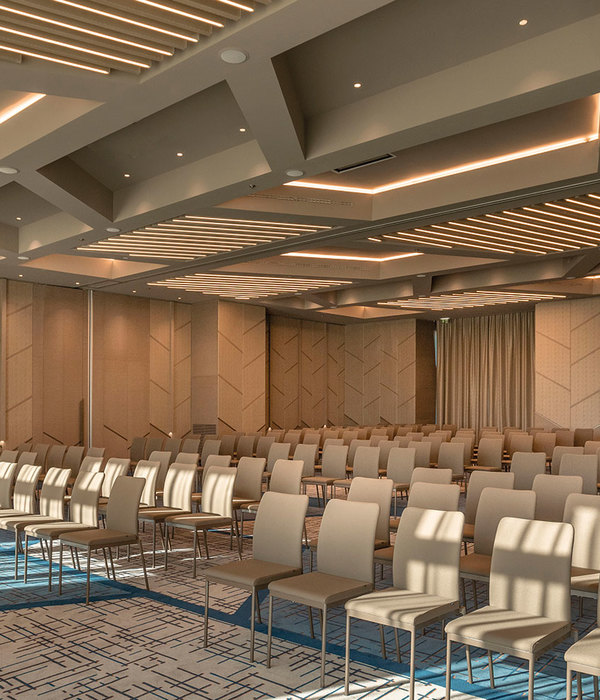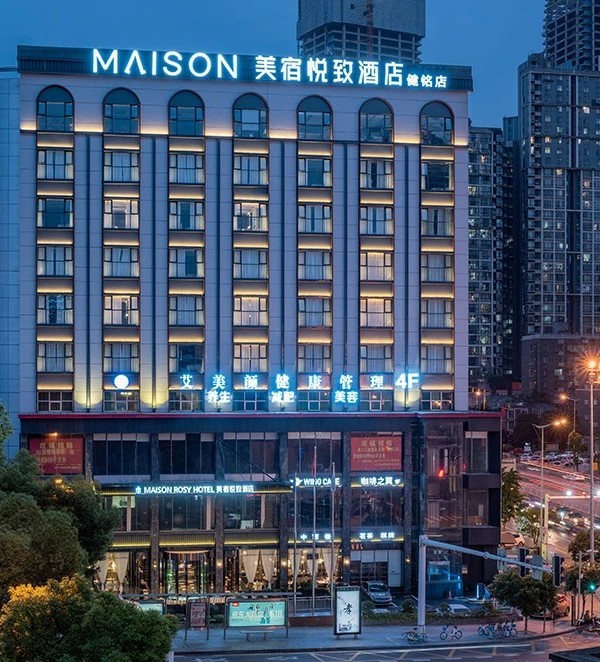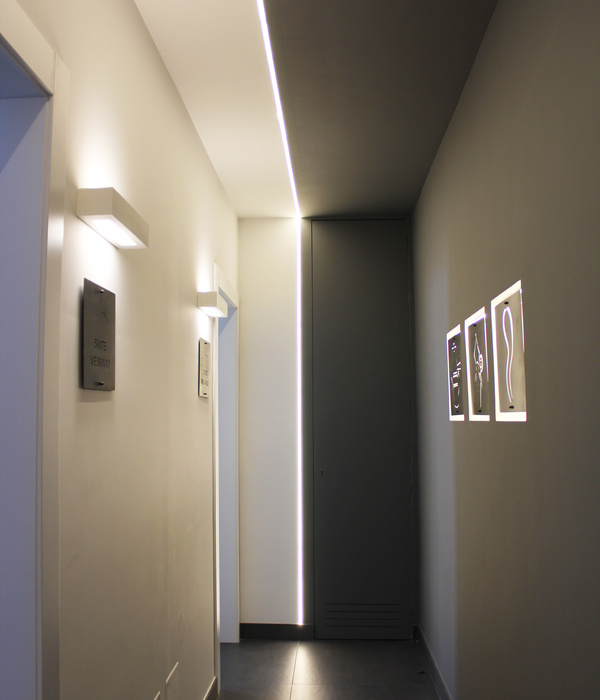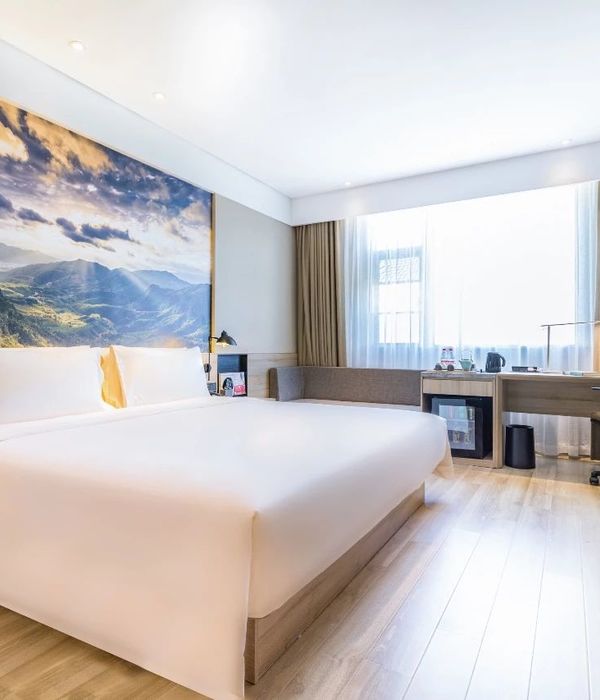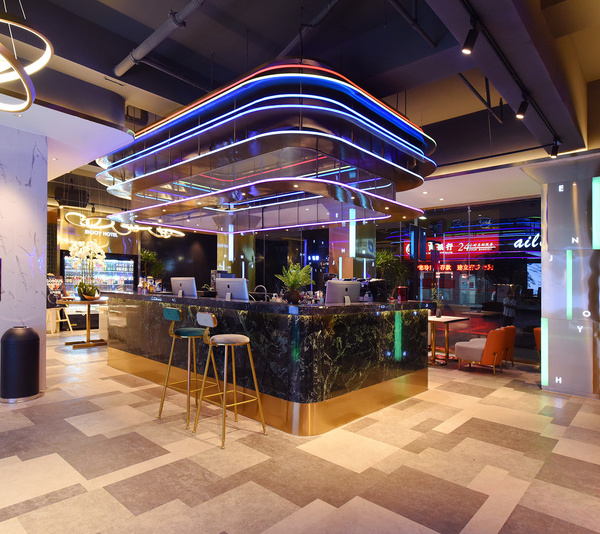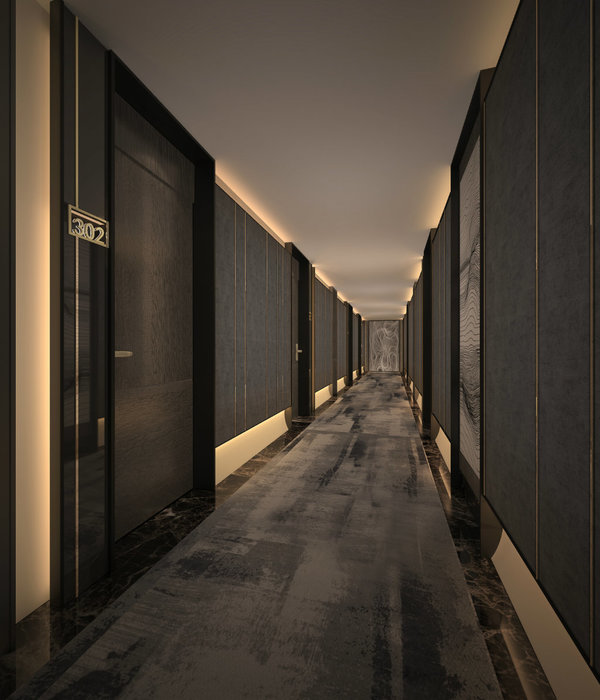History and Architecture At the Chapel, in the magical town of Bruton, in the south-western English county of Somerset, is a unique destination comprising a restaurant with rooms, bakery and winestore. It has been created by restauranteur Catherine Butler and designer/furniture-maker Ahmed Sidki, in a stunning 17th-century building which has a Grade II Listing (it is on the national register of buildings marked and celebrated as having special architectural or historic interest). At the Chapel has a long and varied history. It is comprised of two four-storey buildings, which form part of a terrace of 15th, 16th and 17th-century buildings on the south side of the High Street in Bruton. One building is a former Congregational Chapel with 17th-century lancet windows (high, narrow windows with a lancet arch) and another, a small adjoining townhouse. Both properties were statutorily listed Grade II in March 1961 and are within the Parish of Bruton Conservation Area.
In about 1600, it is known there was a pub on the site called the Swan Inn. By the 18th century the High Street had become the most significant street in the town with the most valuable commercial frontages. The owner was Lord Charles Berkeley, but by the 1770s it had changed hands several times and was sold to the Ward family. With the wool trade in decline at that time, they brought the silk industry to Bruton from Sherborne in the neighbouring county of Dorset. During this period the building was used as a Silk House, part of the extensive silk production of the town which, by 1798, had several silk mills and a factory for spinning.
The silk industry continued in Bruton well into the 19th century but in 1803 the building ceased its commercial use and, having been sold as ‘a disused factory’, was converted into a chapel for Congregationalists (Protestant church congregations which run each church independently).
The auditorium, plain in structure – which is now At the Chapel’s galleried restaurant and bar - was added in 1836, at a cost of about £450.
The stone frontage, of Doulting stone, a local limestone, that survives today is reputed to have been built at the same time, although Mackenzie Wheeler Architects of London, whom Butler and Sidki employed for the restoration project, considered it more likely that it dates from the earlier conversion of 1803. Their Historic Building Impact Assessment states: ‘There is no stylistic link between the auditorium and the frontage and the construction of the frontage is of distinctly higher quality than that of the auditorium to the rear. The evidence of stone mullioned pointed arched windows within the rear wall of the main building clearly match the style and construction, if not the proportion, of the original windows to the front elevation and clearly predate the construction of the auditorium.’
Restoration began in 2002 and was undertaken in stages over a period of approximately six years. This has been a collaboration between Sidki, Catherine Butler, who previously co-owned the highly successful Café Med restaurant collection in London, and architect Rupert Wheeler
Wheeler who has a specialisation not only in historic buildings but also in their change of use to restaurants. The triumvirate, with their vigorous coalition of expertise, inspiration and innovative thinking, have proved to be exactly what this historic building needed. Together they given life to its newest incarnation, as a modern, British restaurant-with-rooms, local café and meeting place, and supplier of artisanal bread and single estate wines - the provision of the latter two doubles as a subtle reference to the chapel’s previous life and much-loved local shopping experience.
Design Prior to this project, modern-day craftsman Ahmed Sidki owned the London gallery BOWWOW in Notting Hill. In Nineties London, he collaborated with style-makers and high-end interior designers, showcasing designs of a natural elegance exemplified by designer/makers such as ceramicists Vivienne Foley and Abigail Simpson; glass-beaded hangings by Alev Saglam; flamboyant cushions & throws by Samson Soboye alongside Sidki’s own sculptural pieces. The former architecture student, and London College of Furniture graduate’s bespoke furniture, hand-made in the UK, were and are unique, from a curved bench or floating shelf in bronze, to a marble “pebble” seat or sandblasted oak table. When he and Catherine Butler invited friends over, they simply drew the blinds in this lifestyle concept store, and transformed it into what they call, ‘A dinner party with a difference.’
‘We knew we wanted space & light, clean lines, very earthy colours & natural textures,’ says Sidki, explaining what fuelled their vision when they relocated to Somerset. Eight guest bedrooms, some beneath the eaves in the attic, another with a private garden terrace, and no two identical, feel as though they have always been there. Such has been the sensitivity of renovation and division of space.
‘I didn’t want superfluous furniture in the rooms,’ Ahmed Sidki says. So carefully chosen one-off BOWWOW pieces are in evidence, and wardrobes recessed to become ‘part of the architecture of the room’. Old oak beams, collected over the years, has been brought into play for bed headboards and his tailor-made wall-mounted floating slabs of oak, the natural materials complementing the simple lines of the marble bathrooms where the painted plaster walls finish flush to the Carrera marble, and the comfort of handmade mattresses from the Odd Mattress Company in Lancashire. Design detailing includes simple hand-forged blackened steel handles, handrails & candlesticks, flush door surrounds, tall headboards & doors which align.
A wealth of indoor vistas have either been carefully preserved or in some instances, created. For example, between the entrance lobby, Winestore and Bakery, giant fire doors are artfully recessed so that they ‘disappear’ into the walls. Sidki calls it, ‘Cleaning up the lines’.
Oak, local stone (Doulting but also Somerset Blue and White Lias on the terrace), glass and blackened steel typify the natural, textural environment – classic materials, utilised in a modern way. A beautiful, honey-coloured coursed stone wall on the terrace, for example, uses stone reclaimed from excavating the building’s undercroft. Oak doors subtly take on a contemporary look because the ledge have been recessed flush, rather than surface-fixed.
Important interior features include a beehive-shaped wood-fired oven built by Ahmed Sidki from reclaimed stone and used to bake fresh pizzas by day, and artisan bread & cakes for the bakery at night. “warm croissants are hung on bedroom doors for guests staying with us, so that they can take their time before coming down for breakfast” says Catherine. In the restaurant - a soaring white space with a curved, upper-height gallery - Bruce Monro’s fibre-optic cascade of glass spheres casts a warm, natural light over the oak tables and benches below. At the restaurant’s far end, beneath arched windows measuring in excess of 17ft (5m) and Lucy Glendinning’s wall-mounted, white, sculpted nude, “Faith”, is an elliptical staircase of deep solid oak steps – seemingly unsupported. At its base, in the Club Room, is a sliding curved oak-boarded door.
The Club Room itself has a bespoke bar of reclaimed oak & veined granite, stone columns, exposed stone above white walls where hang large artworks curated by international contemporary gallery, Hauser and Wirth.
Furnishings include silver-leafed mirrored tables, and Fifties cowhide chairs of reclaimed Brazilian rosewood designed by Sérgio Rodrigues.
The Club Room opens on to the south-facing terrace through floor-to-ceiling slender black metal doors.
The Medieval water well alongside the bar, uncovered during excavation work, is now restored & spring water can be seen & heard through an iron grille forged by local artistic blacksmith, Richard Jones.
At the Chapel’s modern simplicity has been achieved through both traditional design techniques and innovation, technical know-how and meticulous attention to detail. The real keys to its success however, lie, also in other things. In the quality of its restaurant food - so many elements sourced from the best local suppliers - and of the bakery goods. But also in the owners’ commitment to the idea that luxurious spaces and down-to-earth approachability need not be mutually exclusive.
ORIGINAL PROPOSAL The intention of the scheme is to carefully adapt the building to its proposed commercial uses while retaining and revealing as much of the original historic fabric as possible.
Much of this character and fabric has been lost to ignorance, short-term profit, indifference and the modern desire for neatness and order. It is important for a number of reasons that this character and fabric is repaired, enhanced and revealed.
Firstly, the location at the heart of the ancient town of Bruton and within an historic building of such eclectic style and provenance will be a defining characteristic of the venue. It is important that this history is revealed so that these connections can be strongly made and clearly understood, thereby giving the venue a strong sense of place.
Secondly, the building has a simple and robust architecture and a history of public use that is very well suited to its intended use. The proposed repairs, alterations and internal fitting out of the premises will follow on this simple and robust approach, and will form a particularly effective and appropriate backdrop to the complexity, richness and variety of what the venue is to offer. And thirdly, the history of the building should be readable to those with an interest in such things and should encourage an interest within those who presently have none. The conversion of the property to the uses described above is one of minimal intervention. This policy should maximise the retention of historic fabric, enhance the character of the public areas and minimise costs. It is however essential that the proposed layout effectively supports the proposed uses and provides the highest quality of facilities commensurate with the quality of the building and its location at the centre of Bruton’s High Street.
{{item.text_origin}}

